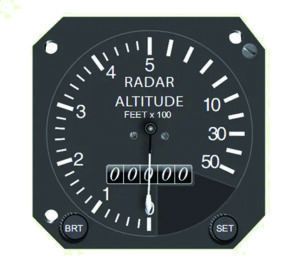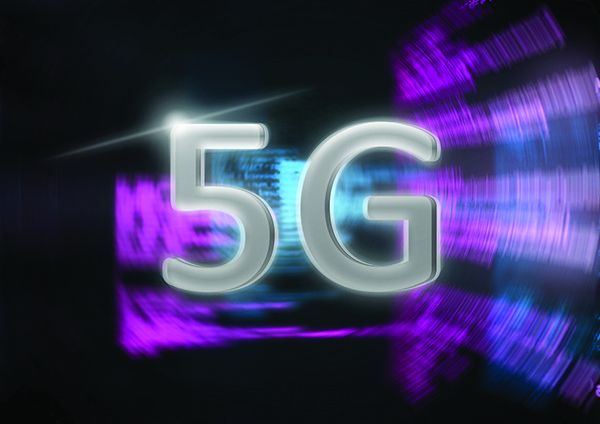As this issue of the magazine headed off to the printer in late January, the furor over the impact on radar altimeters from rolling out 5G cellular service throughout the U.S. seemed to have died down. The FAA issued hundreds of Notams and two blanket ADs covering rotorcraft plus transport and commuter category airplanes making certain operations depending on radar altimeters “not authorized.” Telecommunication companies agreed to forgo turning on the last 10 percent or so of their 5G equipment near airports where the potential for interference is greatest. No airplanes have fallen out of the sky, though many flights were canceled out of an abundance of caution.
There’s no question in my mind there’s a potential for 5G signals to interfere with radar altimeters and thereby the poor-weather capabilities of modern jet and regional transports, rotorcraft and business aircraft. Today’s highly automated cockpits are at their best when everything is working, and radar altimeters are part of the puzzle. On the flip side, of course, is consumer demand for the latest and greatest technologies.
At this stage, there seems something of a stalemate has settled in. The telecommunication companies with the worst-case scenarios have held off bringing their problematic equipment online near certain airports. The FAA has been clearing those aircraft and radar altimeters that reject potential 5G interference. It’s likely the telecomms will need to alter their deployment plans and that some aircraft/equipment combinations will require modification before being cleared by the FAA. It’s also likely some cell towers sited near airports will be mothballed, at least for the time being, limiting airline passengers to “only” 4G when they’re on the ground. Some airborne equipment will have to be replaced, at unknown expense.
There’s enough blame to go around for this state of affairs. We could start with the Federal Communications Commission (FCC), which gives off the vibe that it never met a frequency spectrum auction it didn’t like. Even though the potential for radar altimeter interference was pointed out to the FCC years ago, it went ahead and sold off the adjacent band. And the FAA also has known about the problem for a while. The RTCA report calling attention to potential 5G interference came out in 2020, and noted the FAA’s technical standards for radar altimeters needed updating, in part to minimize interference. In the FAA’s defense, its TSO was developed before the advent of many cellular technologies. At the same time, the agency failed to anticipate the problem and only over the last few months began to publicly react. And to our knowledge, the TSO still hasn’t been updated.
From a 30,000-foot view, there’s also the entertaining spectacle of two federal agencies and two important, highly regulated, international industries going head-to-head against each other, in public no less. Everybody’s protecting their turf, which is to be expected, but the whole thing could have been averted if some participants placed aviation safety above faster emoji deliveries in the first place.

Especially when an industry and the agency regulating it are sounding the alarm about possible interference with the equipment aboard passenger airliners, you’d think some people would put such concerns ahead of enhancing the customer experience for cellular device users, who probably won’t notice much difference in the first place. Interestingly, what seemed to be the early intent of the telecomms to roll the FAA and the aviation industry didn’t get very far, what with the specter of widespread airline delays and the ultimate threat of “something” happening because of their actions.
Since it’s hard to make predictions, especially about the future, it’s unclear what will happen next. If we were to place a bet, we’d wager the issue of 5G interference will quietly go away as the FCC washes its hands of the fiasco and the FAA resolves the outstanding ADs, either by clearing the equipment for operation or throwing up its hands and requiring it to be replaced. Recertification of the new equipment configuration will be required, and that’s not free.
Of course, Congress is getting into the act, with a relevant House committee calling FAA Administrator Steve Dickson and airline industry representatives up to Capitol Hill to appear at a hearing set for February 3. Wireless industry representatives also are set to appear at that hearing. If anything useful or important comes out of that event, or any others, for that matter, we’ll revisit this topic.
For now, both 5G and radar altimeters are coexisting, albeit with some airline and special-mission disruption. The FAA has issued ADs against some heavy Boeings, prohibiting approaches where 5G is in use. But those will be cleared up soon, and both sides will eventually declare victory and move on.
While entertainment is where you find it, the saga of 5G implementation and radar altimeters has been interesting to watch, if only to highlight the often clueless way mass media has dumbed it down. And that’s not nothing.
— Jeb Burnside




